Noticed a new spot on your skin and feeling unsure about it? You’re not alone. Whether it’s a dot, patch, or bump, plenty of spots that appear on the skin are completely harmless—though it’s still wise to keep an eye on any changes.
“Monitoring your skin regularly and noting changes in size, shape, or colour is important for long-term skin health,” says dermatologist Dr Ife J. Rodney.
What these spots look like can also depend on your skin tone. “Some pink, red, or brown spots stand out more on fair skin, while others may be harder to detect on darker tones,” Dr Rodney adds.
That’s why regular check-ups with a board-certified dermatologist are so important—they know how to spot both obvious and subtle changes across all skin types.
While waiting for your next appointment, here are a few common skin spots and what you should know about them.
1. Cherry angioma
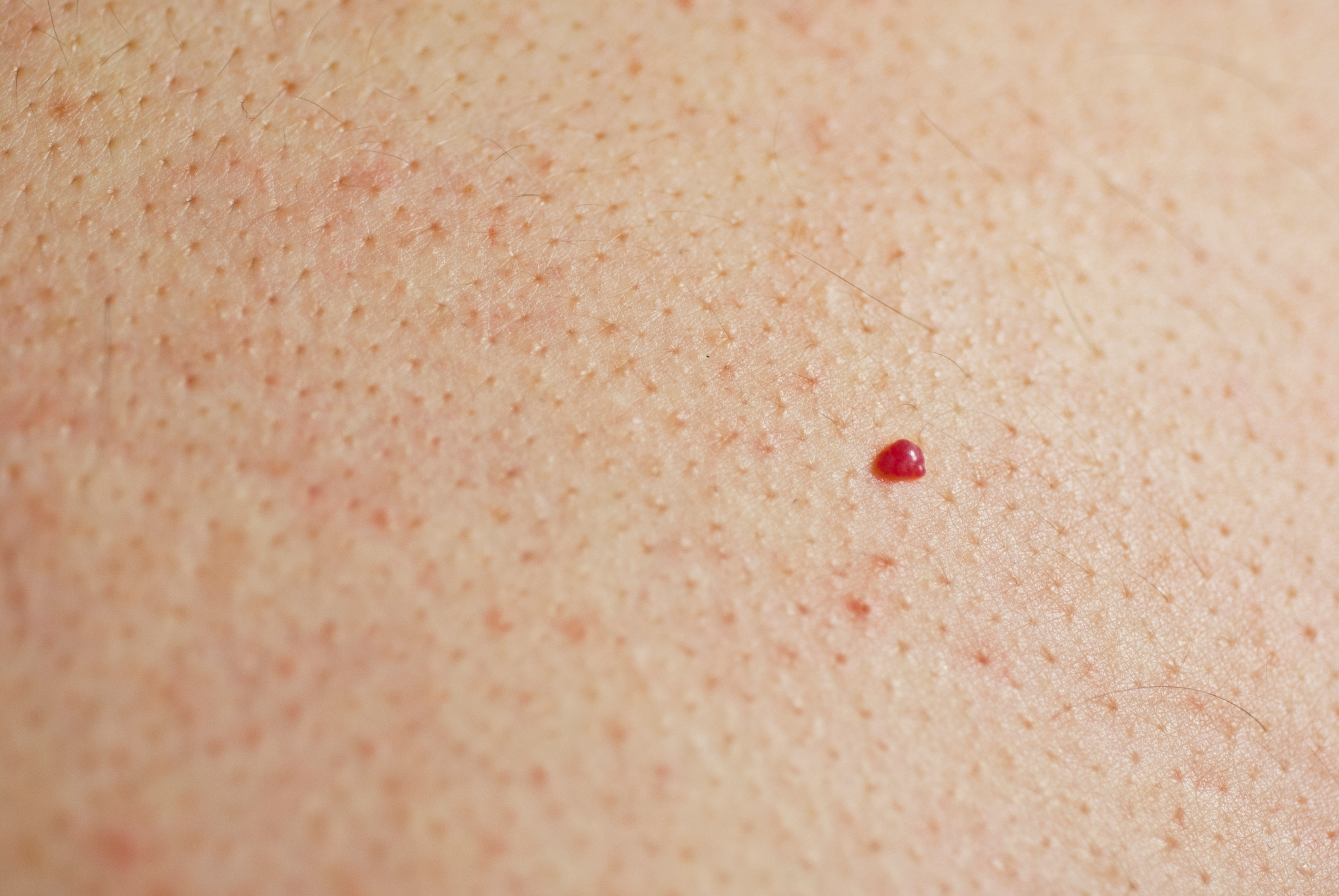
These small red spots can look like tiny bumps or lie flat on the skin. They’re made up of clusters of dilated blood vessels.
“Patients often say they’ve noticed more and more popping up,” says assistant professor of dermatology Dr Nada Elbuluk. “That’s normal as you age, and they often run in families.”
The good news is they’re completely benign. If you’d like them removed for cosmetic reasons, dermatologists can treat them with light-based therapies such as intense pulsed light (IPL).
2. Psoriasis
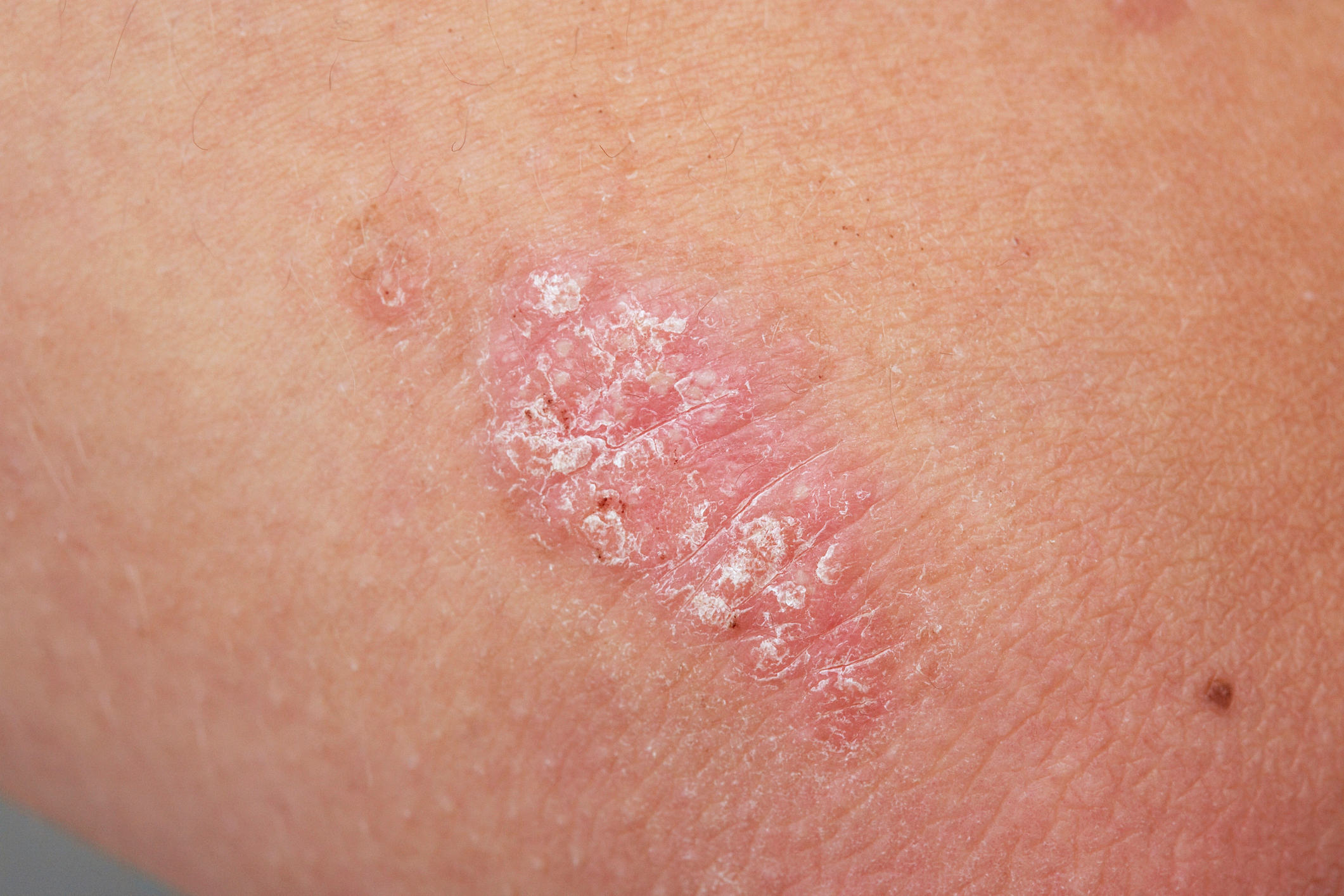
Psoriasis is an autoimmune condition where the skin produces new cells too quickly, causing thick, flaky patches.
“Psoriasis may look different depending on skin tone,” says Dr Rodney. “In lighter skin, you’ll often see red, scaly plaques. In darker skin, it can appear brown or grey.”
Around 80–90% of people with psoriasis have plaque psoriasis, with itchy or painful patches that usually appear on the elbows, knees, scalp, or lower back. Treatments range from topical creams to prescription medications depending on the severity, so speak to your GP or dermatologist if you suspect it.
3. Keratosis pilaris (a.k.a. chicken skin)
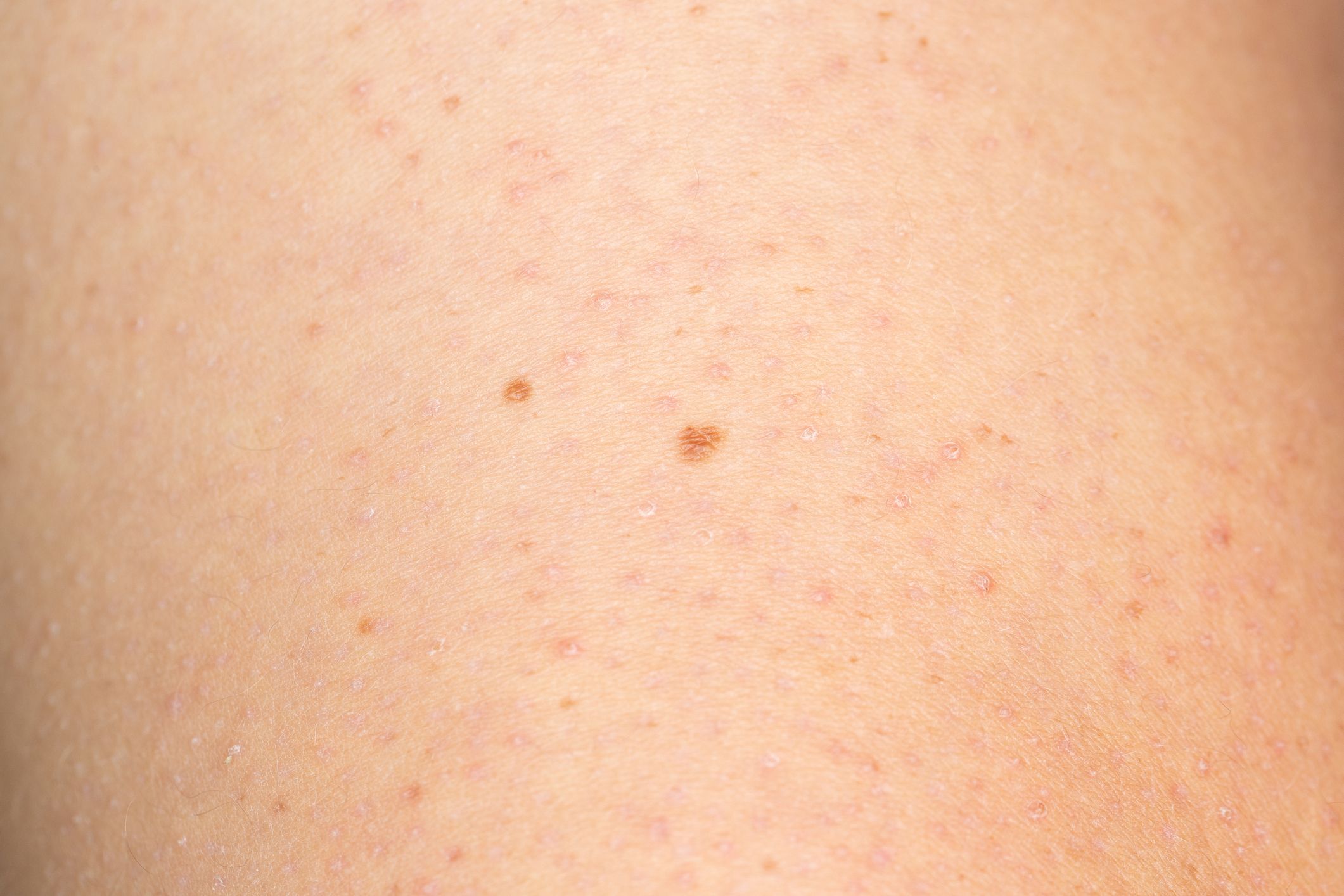
Small, rough red bumps on your upper arms, thighs, buttocks, or cheeks? You might have keratosis pilaris—a very common and harmless skin condition. It’s caused by a build-up of keratin that blocks the hair follicles. The bumps often worsen in cooler months due to low humidity.
To improve the appearance, keep your skin moisturised and try lotions with lactic or salicylic acid to gently exfoliate. If these don’t help, your dermatologist may recommend prescription options.
4. Skin tags
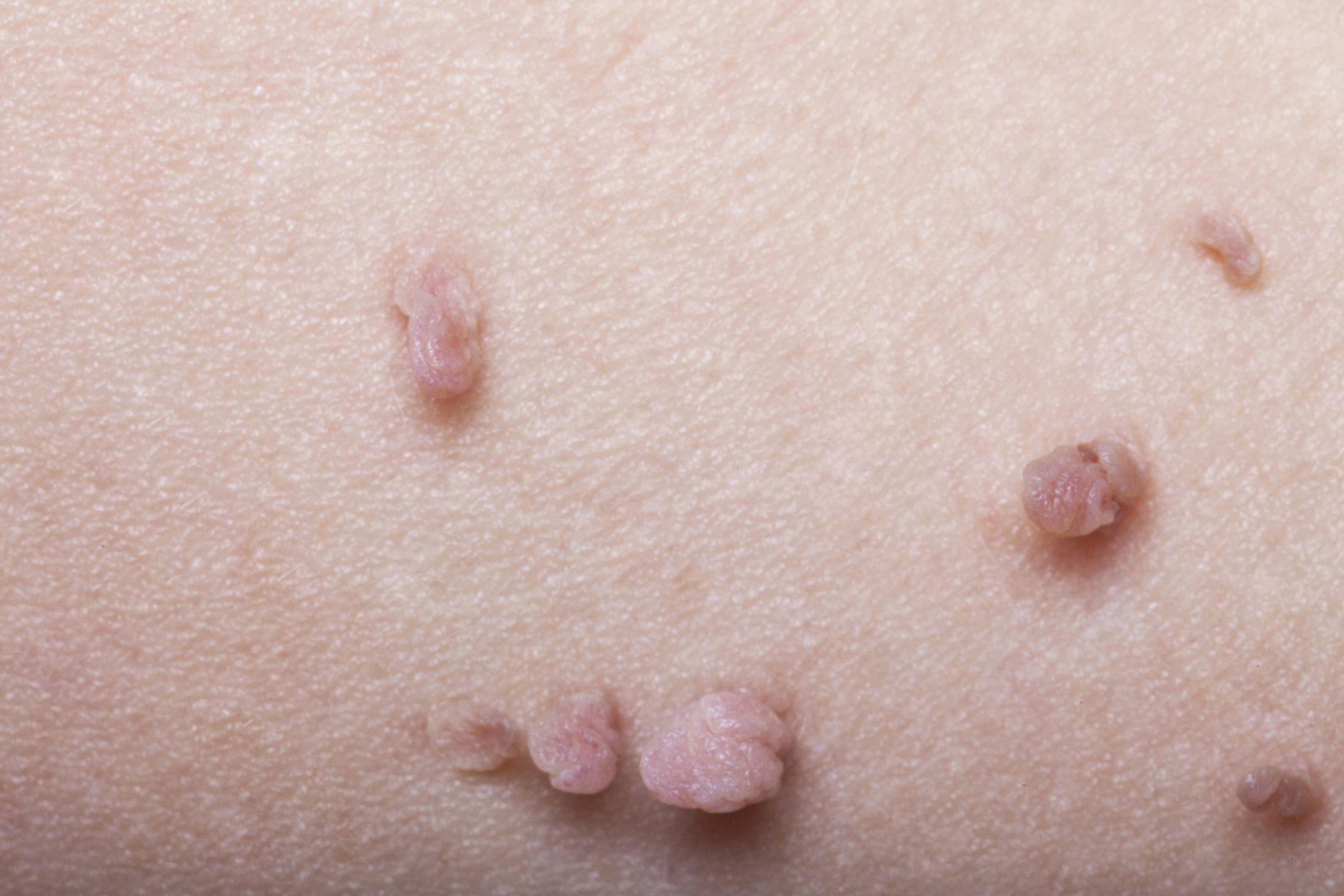
Skin tags are soft, skin-coloured growths that often show up in areas where your clothes rub—like around bra straps, necklines, or underarms.
While they’re harmless, they can become irritated from friction. If that happens, don’t try to snip them off at home.
“People sometimes try to remove them with non-sterile tools and end up with inflamed or infected skin,” warns Dr Elbuluk. A dermatologist can safely freeze or remove them under local anaesthetic.
5. Folliculitis
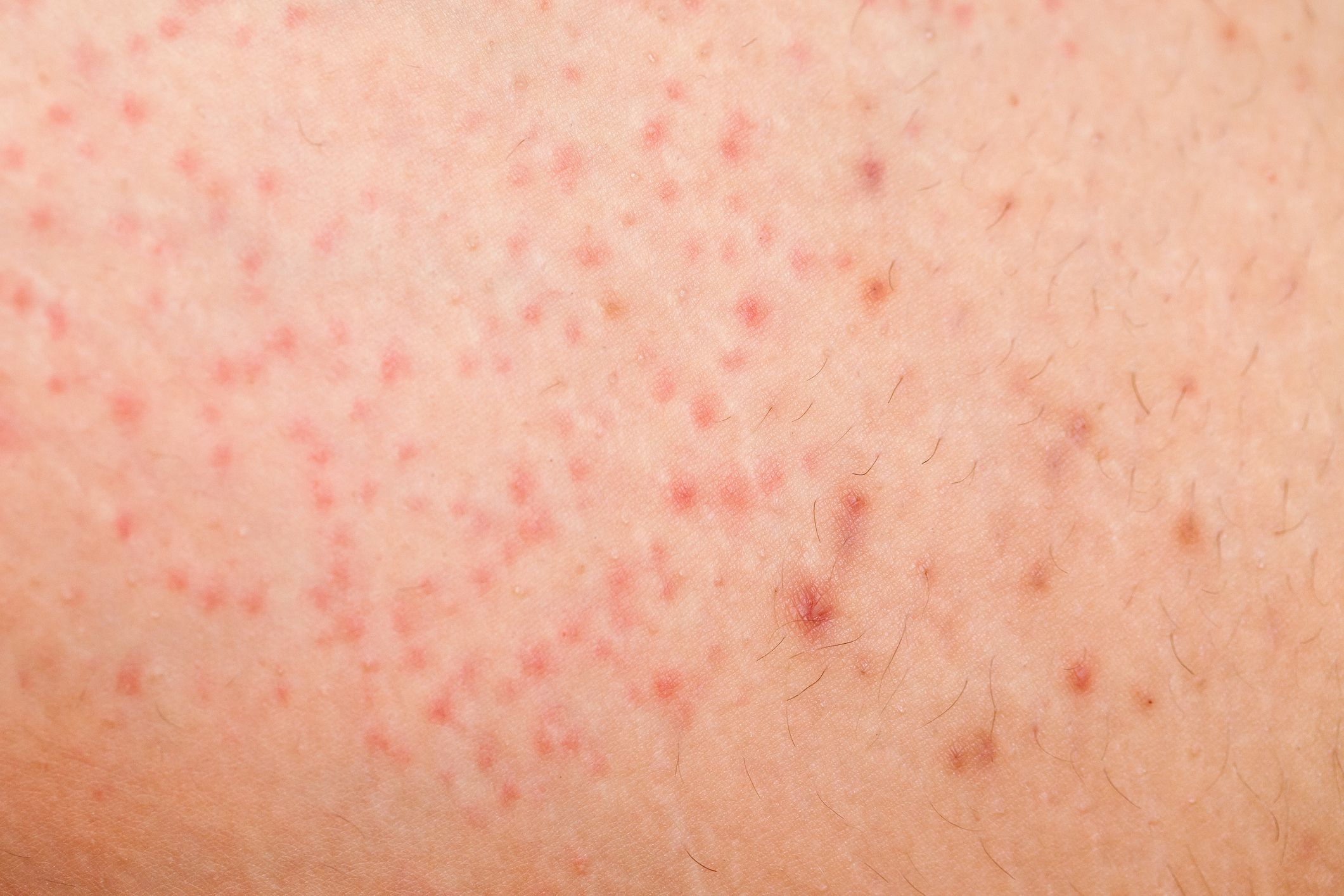
Folliculitis is a common skin condition where hair follicles become inflamed or infected. It can look like small red pimples or acne with a red halo around each spot. While some people find it painful, others don’t feel much at all. The affected area may feel swollen, itchy or tender.
Anything that causes friction—tight clothes, shaving, chafing, or even sitting in a dirty spa—can trigger folliculitis by allowing bacteria to enter damaged follicles.
It usually clears on its own if you avoid whatever caused it. Warm compresses, gentle cleansing and wearing loose, breathable clothing can speed up healing. If it lingers or worsens, check with your GP or dermatologist to rule out other skin issues.
6. Eczema

Eczema is a general term for skin conditions that cause red, itchy, dry, and irritated patches—especially on the hands, face, elbows, or behind the knees.
There are different types, but the most common is atopic dermatitis, which is linked to inflammation and immune function. Other types include contact dermatitis, triggered by irritants or allergens in things like skincare, cleaning products or fabrics.
After a confirmed diagnosis, treatment often involves moisturisers, steroid creams or prescription medications. Eczema may look different depending on skin tone, so it’s important to consult a qualified specialist to ensure accurate identification.
7. Warts
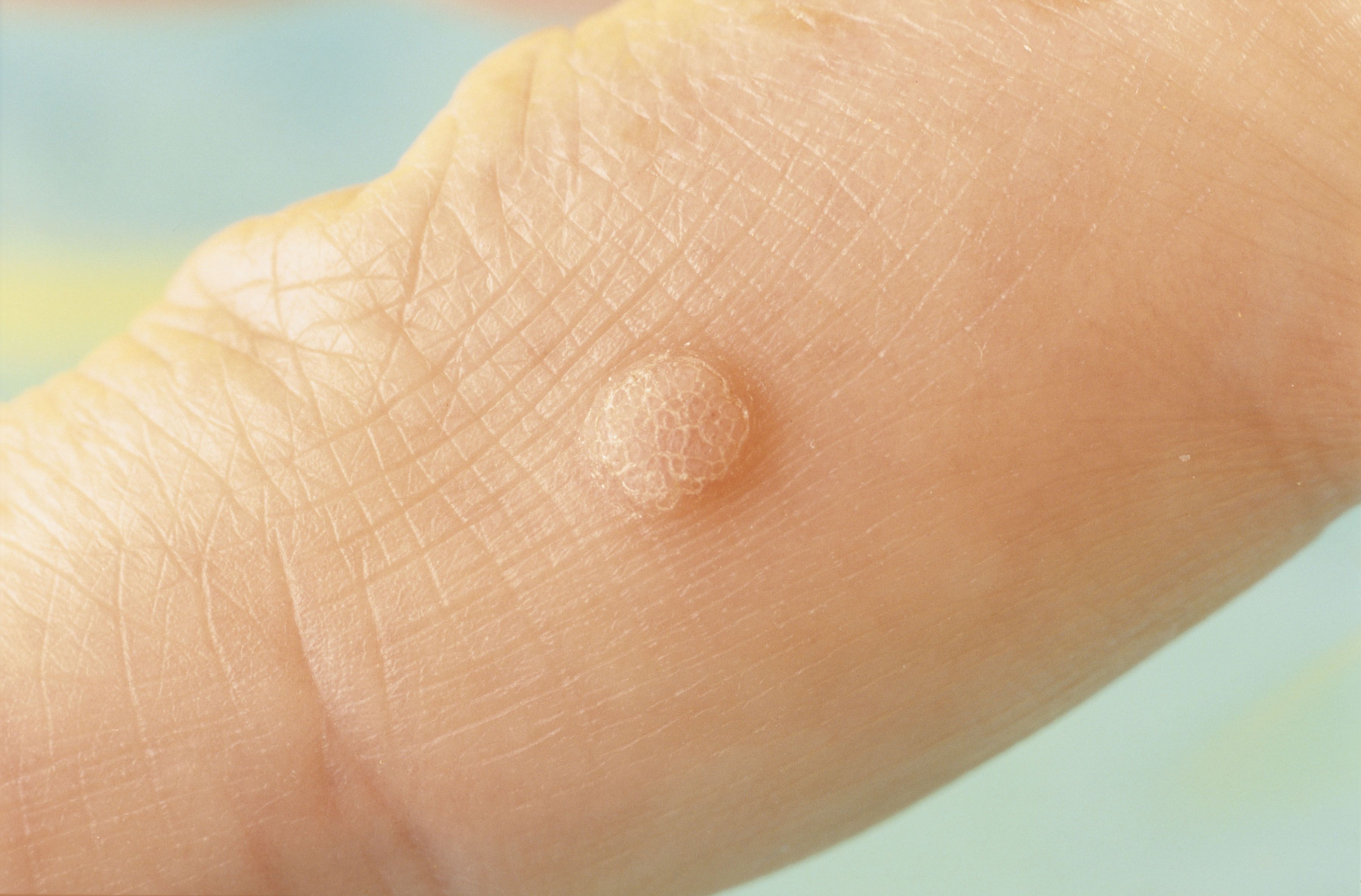
Warts are caused by the human papillomavirus (HPV), which triggers rapid skin growth in small areas. They’re usually harmless and often appear on the hands, face, or feet.
Plantar warts, found on the soles of the feet, can be more painful due to pressure from walking. While you might be tempted to remove them at home, resist—cutting or picking warts can lead to infection.
A dermatologist can remove them using cryotherapy (freezing), topical treatments, or laser therapy. If you’ve had one before, you’re more likely to get another, so preventative care is key.
8. Dermatofibroma
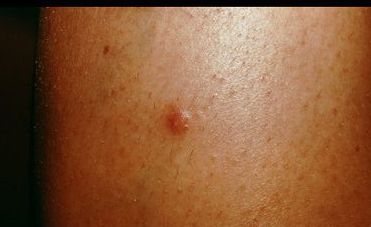
Dermatofibromas are firm, harmless nodules often found on the arms and legs. They can be pink, red or brown and are made of fibrous scar tissue—usually a reaction to something like an insect bite or ingrown hair.
“They often stick around for years and don’t change much,” says Dr Elbuluk. While they’re benign, they can resemble moles, so it’s worth having your dermatologist confirm what it is—especially since moles can change and become cancerous, but dermatofibromas do not.
9. Solar lentigines
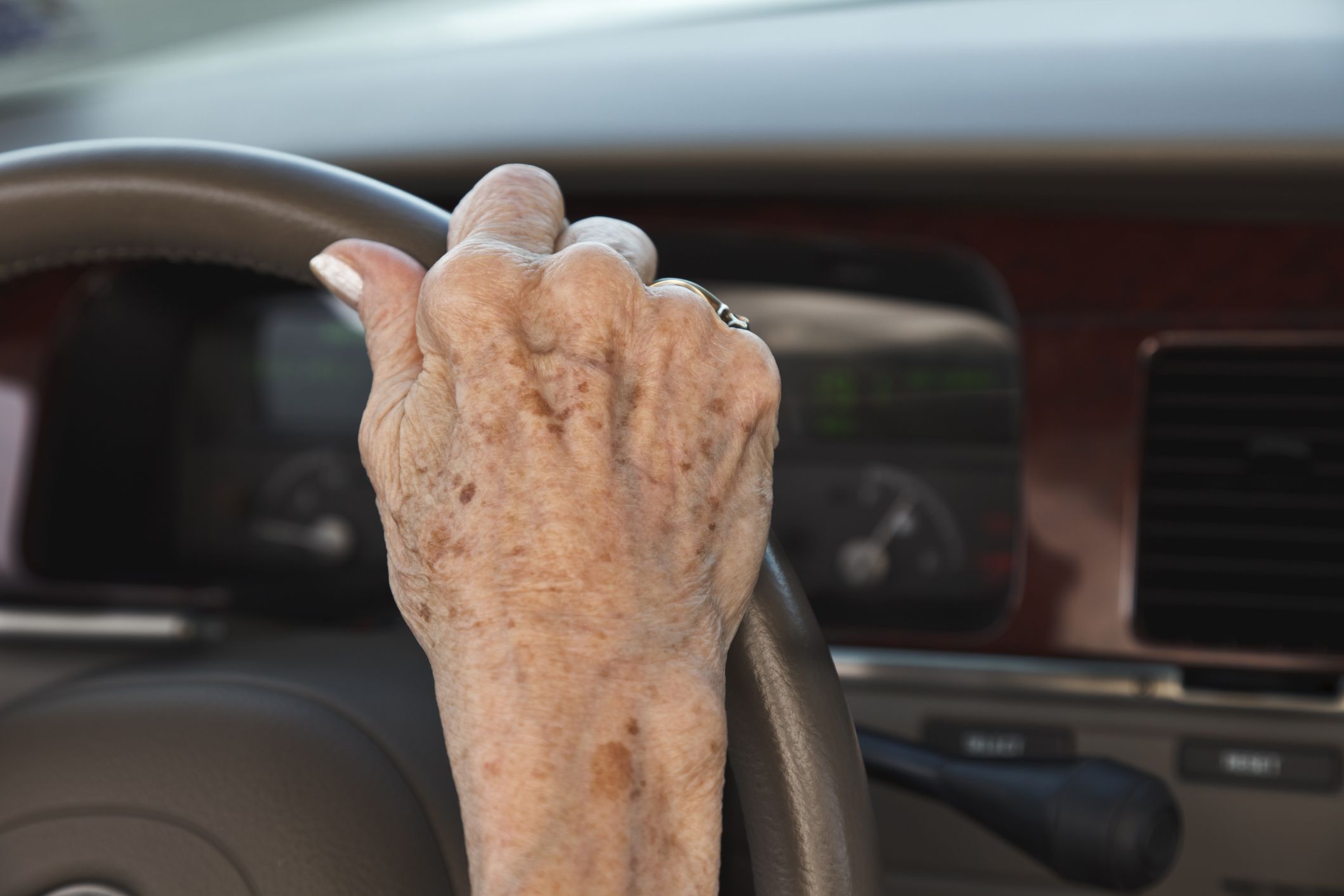
Also known as sun spots or age spots, these flat, dark patches typically appear on sun-exposed areas like the face, hands, arms and chest. They develop from cumulative UV exposure and are more common as you age.
They’re generally harmless, but because they can resemble more serious lesions, it’s important to have any new or changing spots checked. Treatments include lightening creams, chemical peels or laser therapy if you’d prefer to minimise their appearance.
10. Seborrheic keratosis
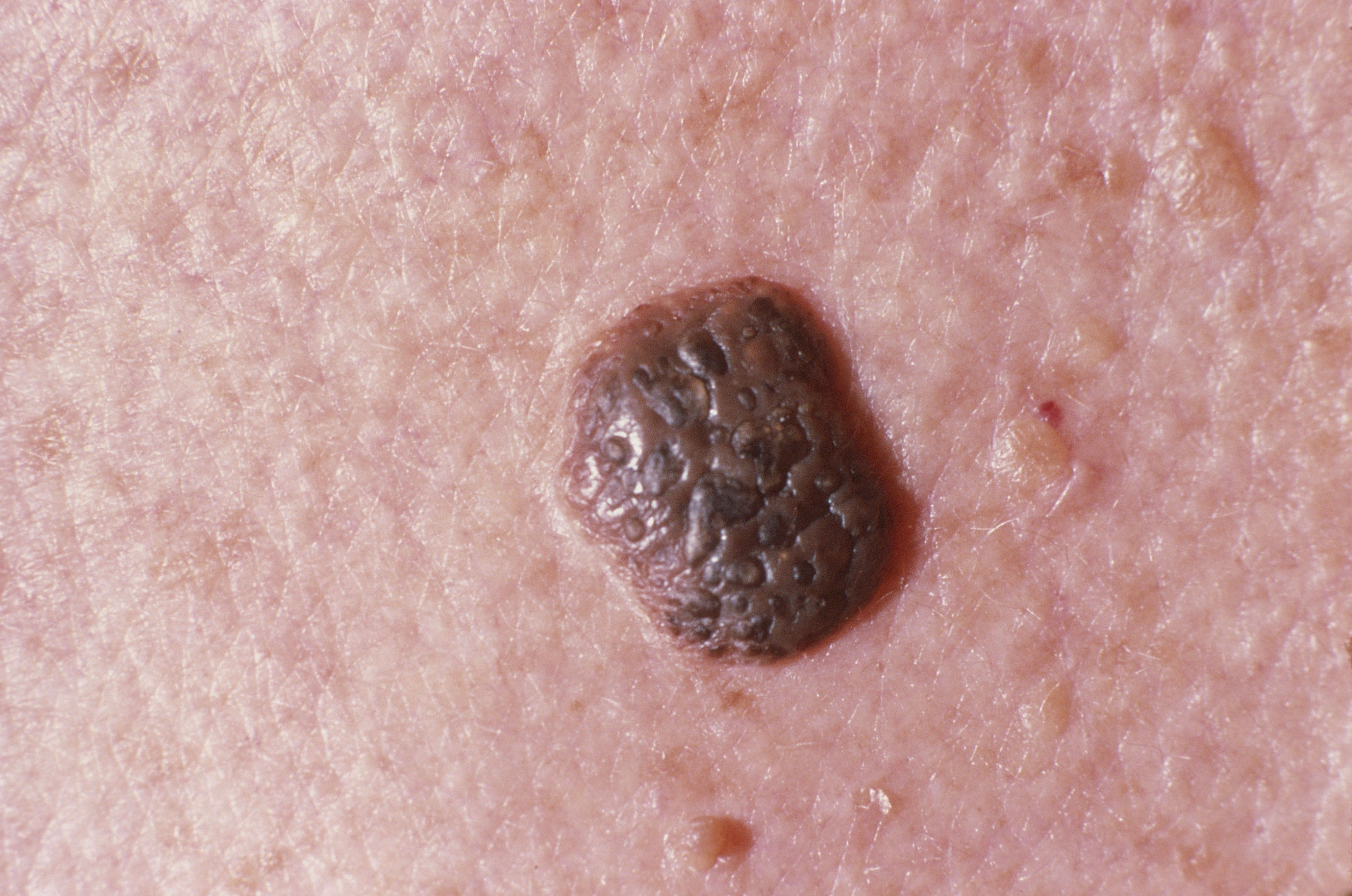
Seborrhoeic keratoses are rough, scaly, often dark-coloured skin growths that tend to show up in middle age or later. While they might look concerning, they’re completely benign and not contagious.
“They can be removed if they’re itchy, irritating or in a visible spot,” says Dr Elbuluk. Common removal methods include freezing (cryotherapy), shaving, or laser treatment. Just note—because they’re cosmetic, removal is rarely covered by private health insurance.
11. Tinea infection
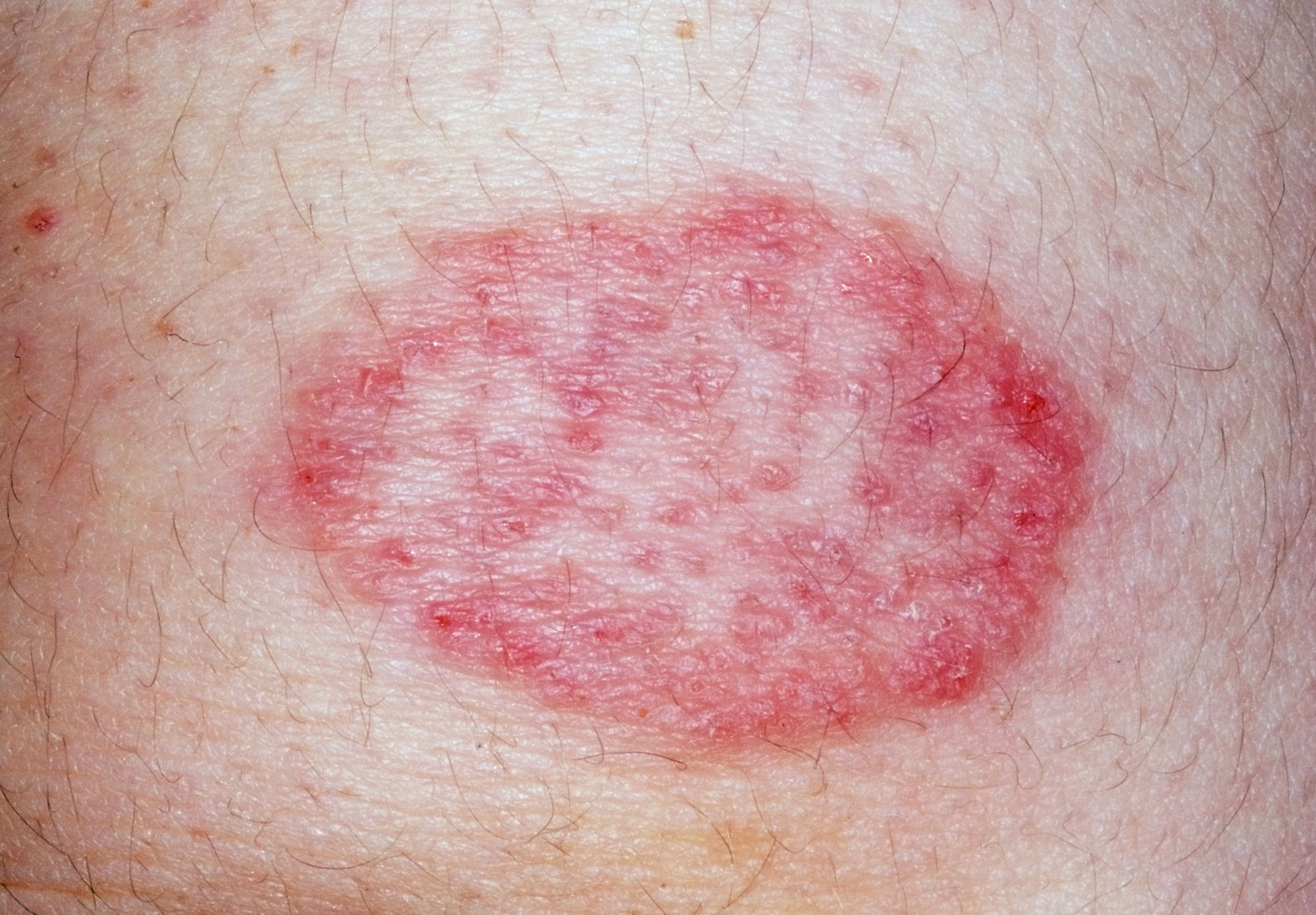
Tinea is a fungal infection that includes ringworm, athlete’s foot and jock itch. These often appear as red, itchy or discoloured patches and may resemble a faint birthmark or stain.
Tinea is highly contagious and can spread easily through towels, shoes or contact with shared surfaces. Treatment involves antifungal creams, medicated shampoos or oral prescriptions depending on the location and severity. Always keep the area dry and avoid sharing personal items to prevent reinfection.
12. Basal or squamous cell carcinoma
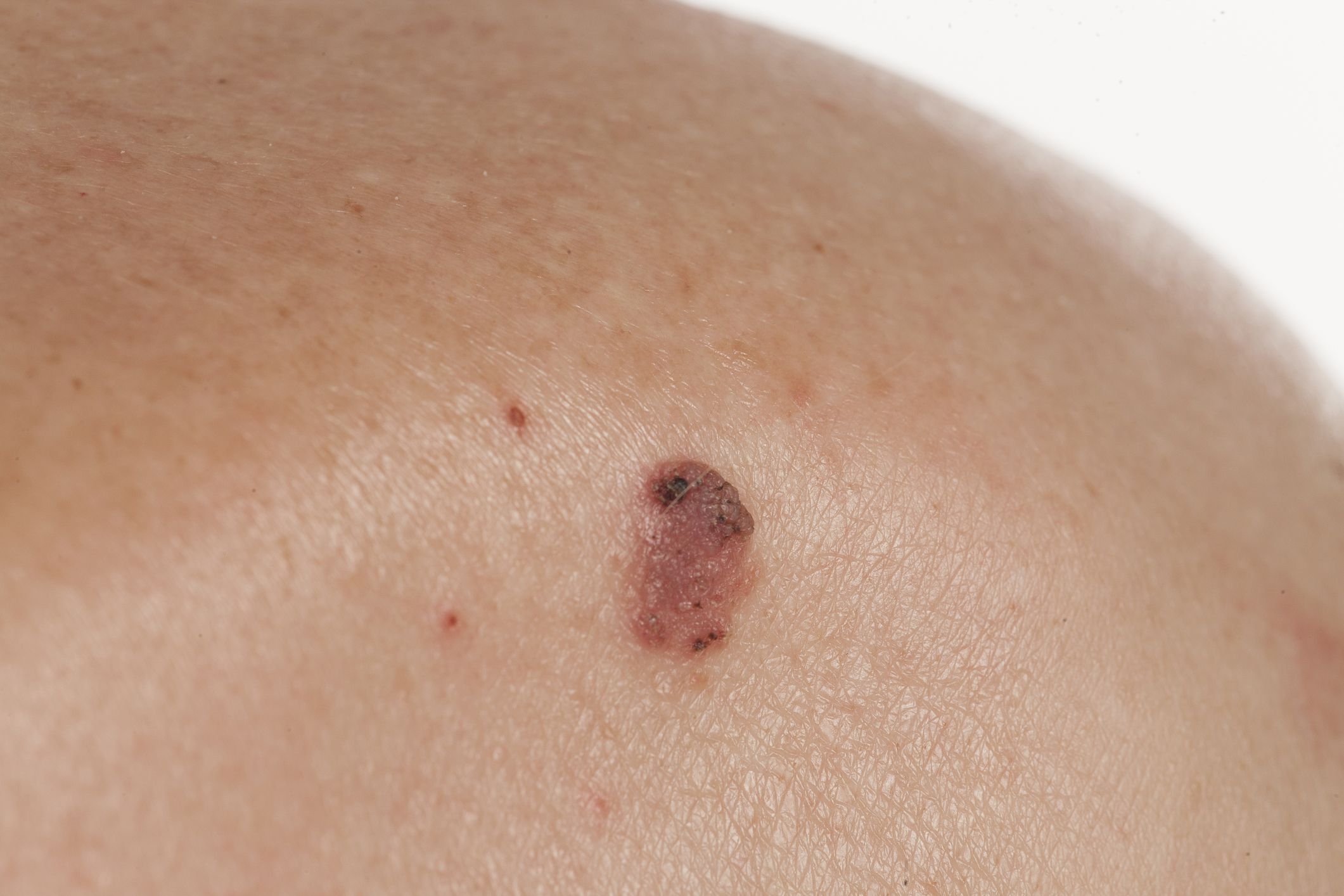
These are the two most common types of skin cancer in Australia. They may present as red, pearly, scaly or crusted spots, often in sun-exposed areas.
While generally slow-growing and less aggressive than melanoma, they still require early intervention to prevent complications. Don’t ignore new or changing growths—especially if they itch, bleed or don’t heal properly.
Annual skin checks are essential, particularly if you’ve had significant sun exposure or a personal or family history of skin cancer.
13. Melanoma
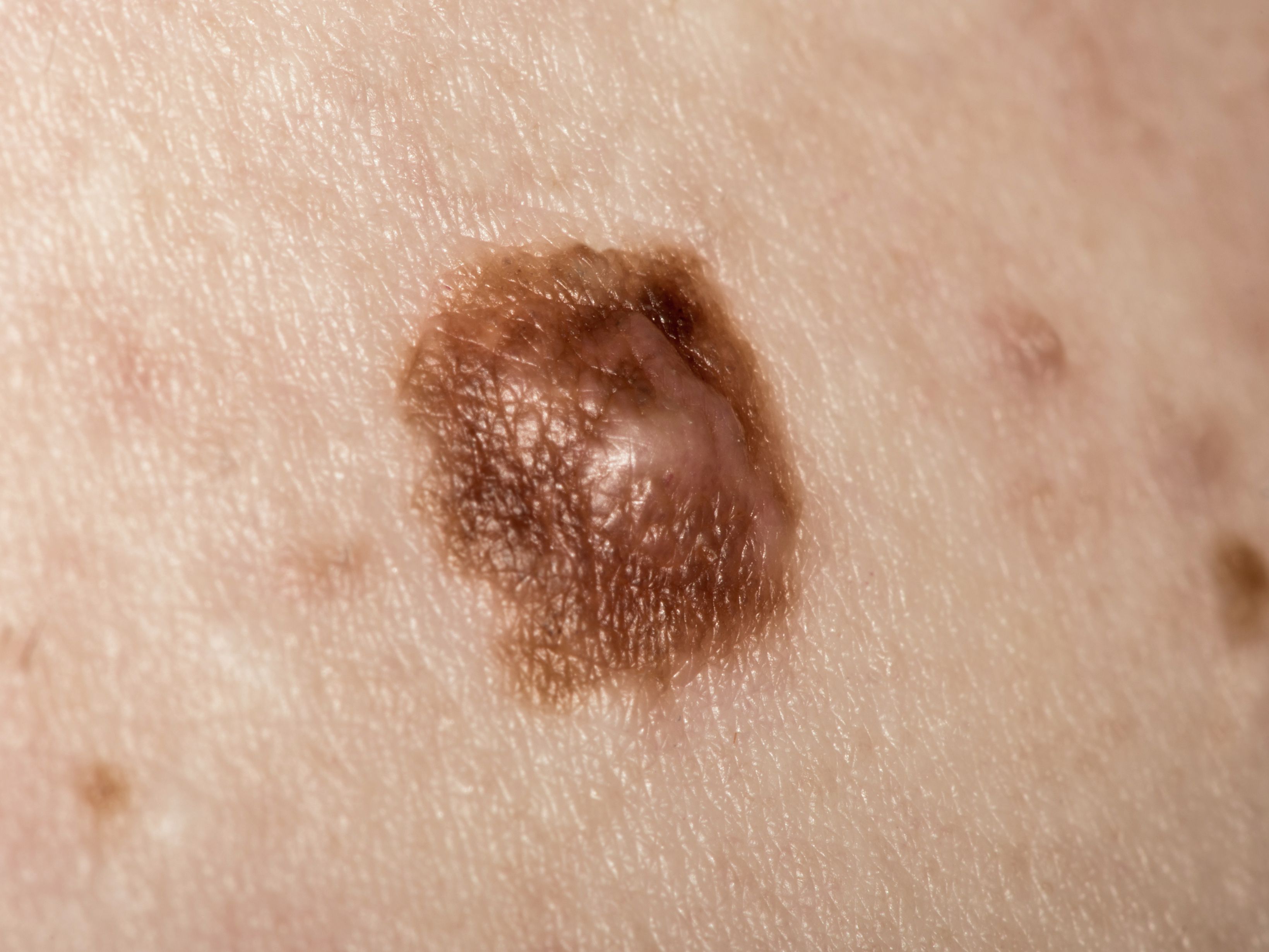
Melanoma is the most serious type of skin cancer but also the most treatable when caught early. It can develop from existing moles or appear as a new spot.
Use the ABCDE rule to identify warning signs:
- Asymmetry
- Border irregularity
- Colour variation
- Diameter larger than 6mm
- Evolving shape, size or sensation
If you notice anything unusual, book a check with a dermatologist or GP trained in skin cancer assessments. Sun protection and early detection are your best defence.
How concerned should you be about new spots on your skin?
New spots can appear over time, and they’re not always a cause for alarm, says assistant clinical professor of dermatology Dr Gary Goldenberg.
“It’s normal to develop new growths or spots on the skin,” he says. The key difference is whether the spot persists or changes, especially if you’ve had significant sun exposure. “It doesn’t automatically mean it’s skin cancer, but it’s certainly possible,” he explains.
Signs to get a new spot checked out
The ABCDE criteria is important, but it’s not the only thing to look out for. Dr Goldenberg recommends seeing a dermatologist if a spot:
- Doesn’t go away
- Starts growing
- Feels painful or uncomfortable
- Itches persistently
- Bleeds
- Looks different from a long-standing spot
“All are valid signs that the spot should be assessed by your dermatologist,” he says. You can usually wait a few weeks before seeking medical advice—unless the spot is painful, changing rapidly, or worrying you.
What will a doctor do?
Your GP or dermatologist will begin with a visual examination, often using a dermatoscope—a tool that offers a magnified view of the spot for greater accuracy.
If there’s anything concerning, they may perform a skin biopsy, where a small section or the full lesion is removed under local anaesthetic. The sample is then sent to a lab for analysis, with results typically returning within a week or two. From there, your doctor will discuss next steps, if needed.










